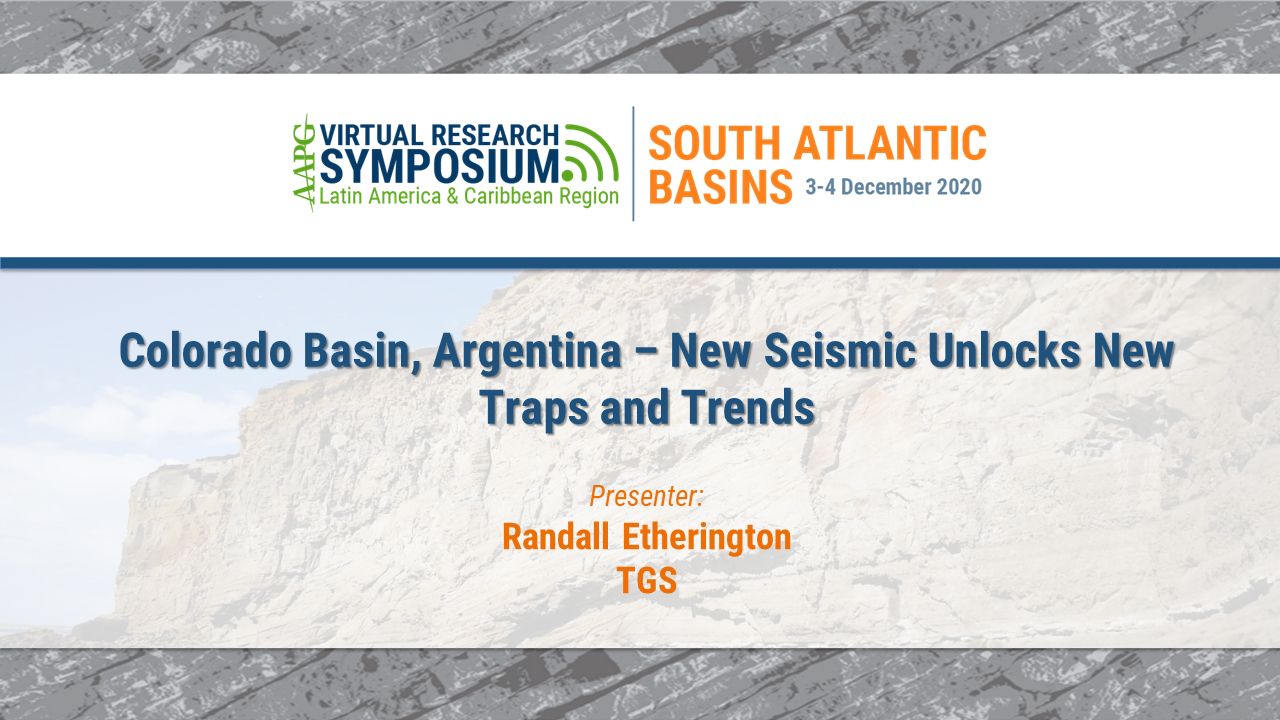
Summary
Authors: Pablo Velázquez (presenter), Ethel Morales, Universidad de la República
The genesis and evolution of the Uruguayan Continental Margin (UCM) are linked to the geological processes that resulted in the breakup of the Western Gondwana and the later opening of the Atlantic Ocean. The UCM is a typical volcanic passive margin segmented by the Rio de la Plata Transfer System. Three sedimentary basins are recognised in the UCM: the Uruguayan portion of Pelotas Basin, the Punta del Este Basin, and the Oriental del Plata Basin. The Oriental del Plata Basin is located in deep and ultra-deep waters of the Uruguayan offshore, being partly equivalent to the Argentine Basin on the Argentine margin. In this study, the stratigraphy of the Oriental del Plata Basin is characterized for the first time, through the interpretation of 2D seismic sections. The recognition of the main horizons or key surfaces on seismic profiles was attempted, which allowed us to divide the basin fills. Fourteen seismic units were identified in the Cretaceous/Cenozoic sedimentary succession based on reflection termination, sedimentary stacking pattern and seismic facies. The set of Cretaceous units presents a relatively constant thickness throughout the entire longitudinal section of the basin. While the set of Cenozoic units shows an important thickening at the foot-slope, corresponding mainly to the Oligocene-Miocene seismic units. Several interesting seismic features were identified in the Cretaceous/Cenozoic sedimentary succession of the basin, such as channels, contourites, normal faults (synthetic and antithetic), listric faults and related folding, mass transport deposits and olistostromes.
Please log in to view or purchase the video presentation